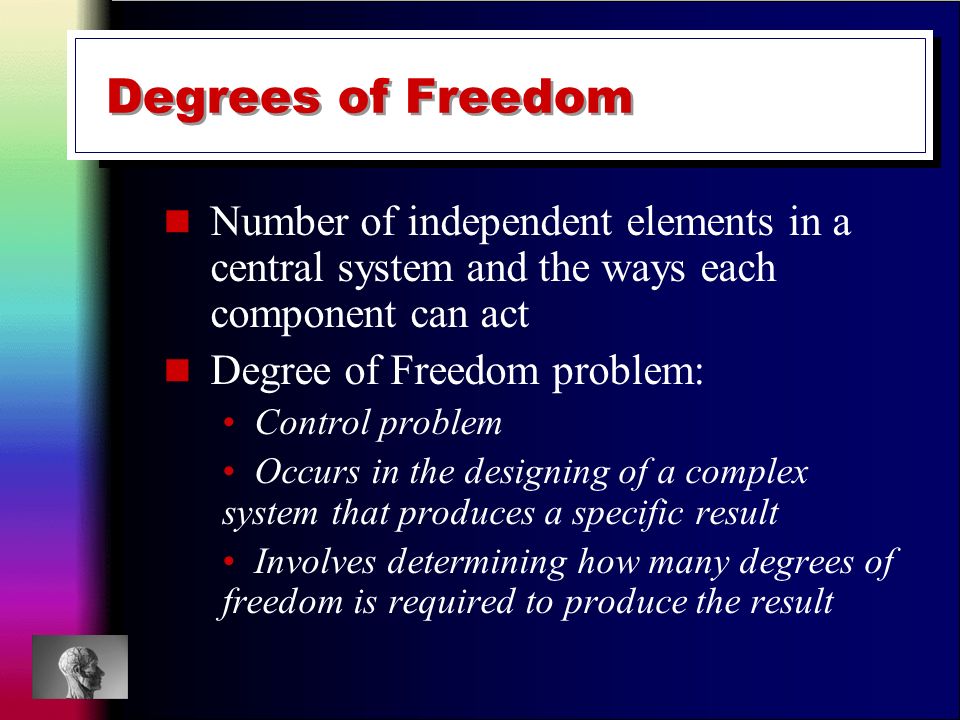
Motor learning and motor control theory have been topics espoused by other medical and exercise professionals which I studied from (i.e., Mike Boyle, Brett Jones, Gray Cook, Stuart McGill, Charlie Weingroff) since approximately 2009. Initially, such concepts were foreign. However as time passed (i.e., as well as studying said concepts through ATSU), I slowly began to comprehend how motor control, specifically dynamic systems theory (DST), helped provide a “map” to understand, construct, and coach exercise and movement.

Kine 6300 shares similar ties to Kine 500 (i.e., Motor Control) in that they both explored several motor control concepts, in addition to providing a history and evolution of motor control theory. Motor control theory, especially DST, has helped me recognize factors which “shape and funnel” movement patterns. Task, organismic, and environmental constraints provide incentives to the human movement system to acquire new strategies and movement patterns; i.e., walking into a wall (environmental constraint) teaches an individual to avoid such behaviors in the future, and to instead, slow down or stop if an immovable object presents itself.

Said constraints all present unique ways of developing and refining movement strategies, and all 3 constraints play central roles in exercise progressions and regressions; processes within exercise programming considered central to my field of work. Awareness of task, environmental, and organismic constraints encourages me to consider that there exists a plethora of factors, which can help, or impede, the acquisition of new skills. For example, when teaching individuals the Turkish get-up, I must consider that they may not be ready to initiate the motion (i.e., they may have cervical restrictions, thoracic restrictions- both of which are organismic constraints). Such knowledge would encourage me to find an alternative exercise, or refer out to a medical professional. If mats are not available, the elbows would be posting on a hard concrete floor (environmental constraint) causing pain and distraction, encouraging me to find a softer surface. Perhaps, the individual is new to a gym environment and may become intimidated by loud noises and the presence of many people (i.e., environmental constraints), thereby encouraging me to finds a quiet place to train. Although DST helps me accommodate the individual, it also assists in the development of movements.

Motor control concepts helps me breakdown exercise progressions in a systematic and pragmatic fashion. Most exercises begin with considering the degrees of freedom (DOF) problem first, followed by implementation of constraints to create the progressions and shape the movements. That is, if I wish to teach an individual a complex, yet crucial, movement like the deadlift, I have to consider the motion contains many joint actions, as well as stability and strength (i.e., in the long term). Awareness of the complexity of the exercise (i.e., many degrees of freedom) reminds me to find methods of breaking down the motion into learnable segments, which can be built upon. Simplification (i.e., regressions) of exercises allows the individual to acquire movement skills in a systematic and safe manner. Such characteristics are paramount to me as my clientele often come from medical professionals (i.e., physical therapists, chiropractors, massage therapists, medical doctors); their pain has been controlled, yet their motor control and strength are poor (i.e., dysfunctional/non-painful). Thus, there is little room for error and such circumstances demand an organized and evidence-based approach to program design.
My colleague and I have taken the liberty of developing several hundred videos, which contain regressions and progressions of all exercises to improve poor Functional Movement Screen scores. Additionally, we have developed regressions and progressions for all major movement patterns: knee dominant, hip dominant, vertical pull, vertical push, horizontal pull, horizontal push, core stability in multiple planes, and carrying motions. Each video is predicated on acknowledgement of the task, organismic, and environmental constraints, as well as the DOF that the exercise would impose. Below are playlists that teach individuals how to lift (i.e., deadlift) and carry (i.e., farmer’s carry variations) while slowly introducing more DOF and complexity as they demonstrate competence at each step. Teaching tools (i.e., dowels on the back) help constrain (i.e., task constraint) the individual initially, so they can learn what a neutral spine is before lifting loads or progressing (i.e., increasing DOF) the motion. Generally, environmental constraints are held constant (i.e., floor surface, sound levels), and organismic constraints (i.e., stiff/short/facilitated muscles) are worked upon and improved.
Motor control theory has helped refine, reassure, and cement my methods through an evidence-based approach. Comprehension of the “why and how” of regressions and progressions have certainly increased my ability to breakdown motions into simpler segments. Ultimately, comprehension and application of the aforementioned theories have heightened my standard of care, while allowing my clients learn and grow in a safe and productive environment.
-Michael McIsaac
